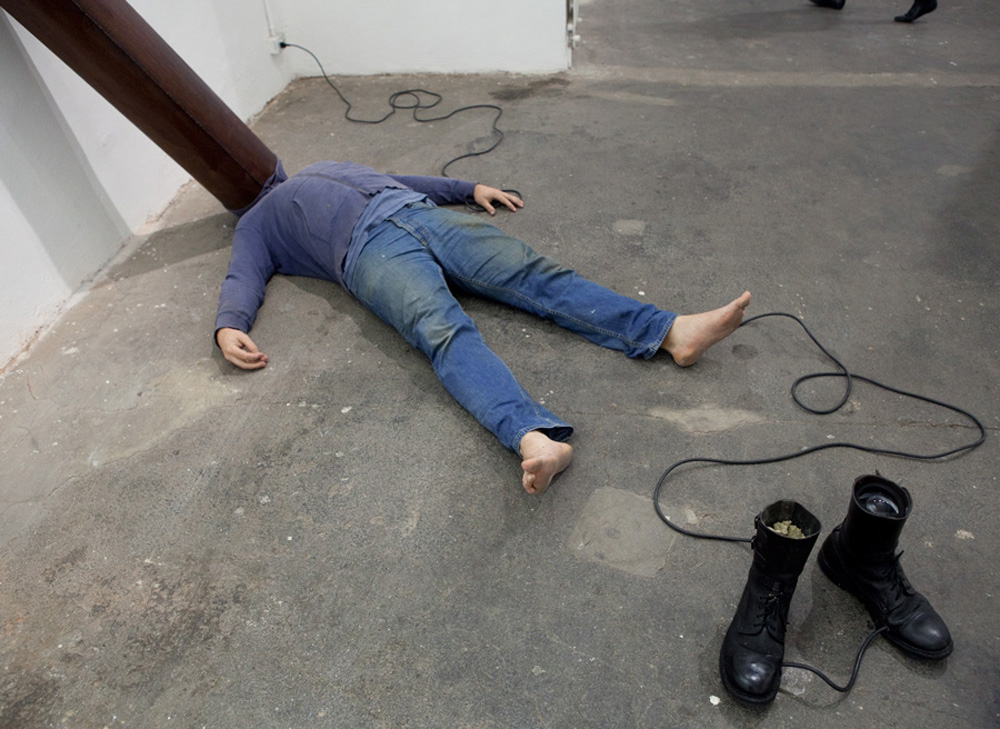Room 4
I was a very poised and respectful kid. I liked Careful with that axe, Eugene (Pink Floyd, 1968) very much, with guilt. I gave up the classical guitar and got a stratocaster.
It’s probably only the fault of the plains that I’ve never been able to feel really comfortable in my old studio. When I left it, to finally love it, I slammed all the doors with an axe like Jack Nicholson in The Shining (Stanley Kubrick, 1980). Now I’m working in the Apennines.
Sometimes people get too hung up on doorways and complain that you can’t see anything. It always takes a good Stalker (Andrei Tarkovsky, 1979. Based on Picnic by the roadside by Arkadij and Boris Strugackij, 1971) as a guide to help them appreciate distance. I have seven degrees of myopia and without lenses I can do it.
Marco Di Giovanni
The future will be in the hands of those who will govern the infinitely small, the invisible part of our reality. In this way, we must agree that science has, in the last century, moved closer to the very disciplines to which it has always been wrongly opposed, namely religion and philosophy.
And this is the point of Marco Di Giovanni’s work, the moment when science goes so far as to return to myth, or perhaps I should say the moments when science and myth overlap, given that these two disciplines have never really been separated, even if sometimes we are no longer able to see their links. The moment when the infinitely large becomes confused with the infinitely small, and when the normal notions of space and time stop working, there is no past and no future, everything will happen and has already happened.
The focus of Marco Di Giovanni’s latest series of works is precisely a sort of indissolubility between scientific research on the one hand, and myth, legend and poetry on the other. As if the two parts could not be separated…
The final effect of many of his installations has the flavour of the whole steampunk culture, with an imaginative power and visionary quality similar to Panamarenko, for example. In both cases these objects seem to contain the most advanced technology, but made with totally archaic materials and techniques, as if they came from a “retro-future” world of indefinite and indefinable date; they could in fact be functional instruments from a planet of a post-atomic future, or from a very ancient past after which our civilisation arrived. Or it could be some kind of parallel universe. Surely these are objects that have nothing to do with the here and now, with our space-time dimension and our context.
Antonio Grulli
Marco di Giovanni was born in Teramo in 1976. He lives and works between Imola (BO) and Solarolo (RA).







